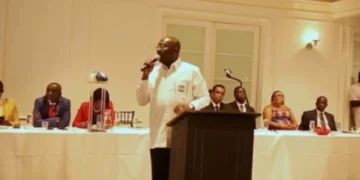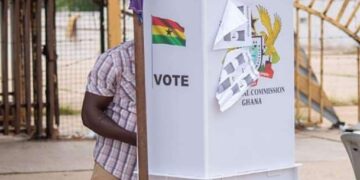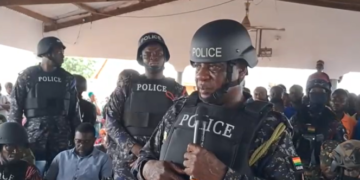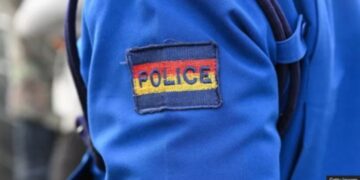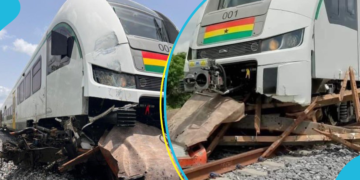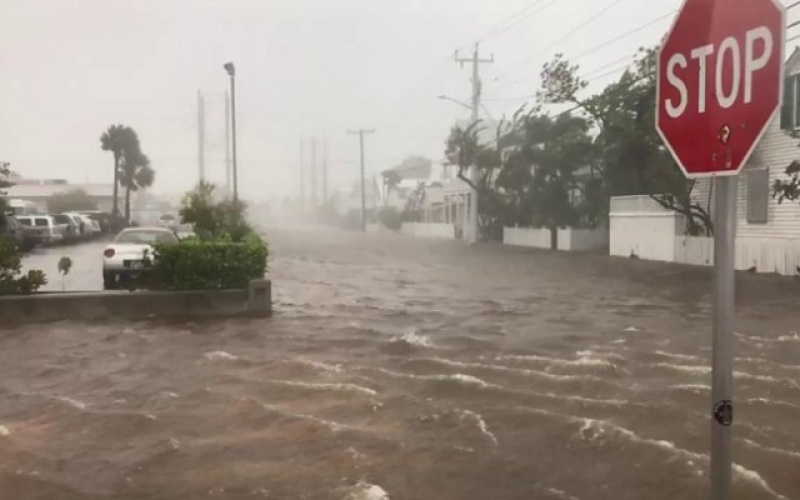Residents of mainland Florida are bracing for Hurricane Irma to hit, as conditions in the south of the state deteriorate.
The category four storm with sustained winds up to 130mph (209km/h) moved away from the Florida Keys and should make landfall on the west coast in hours.
High winds and storm surges are affecting the Miami area, but Florida Governor Rick Scott said he was “very concerned” about the west coast.
More than 1m homes are without power.
More than 6.3 million people in Florida were told to evacuate, with warnings of a “life-threatening” storm surge.
Irma has already devastated parts of the Caribbean with at least 27 deaths.
What is happening in Florida?
Extreme winds and storm surges continued in the Lower Florida Keys area, which includes Key West.
All residents had been ordered to leave. Some surges could reach 15ft (4.6m).
One official had warned staying on the islands would be “almost like suicide”.
Media reports say a man was killed on Saturday in the Keys when his pick-up truck crashed into a tree as the storm gathered pace.
As the eye of the storm is moving north to mainland Florida, more than a million homes in the state are reported to be without power and some 50,000 people have taken refuge in shelters.
Cities such as Tampa and St Petersburg lie in the path of the storm. The Tampa Bay area, with a population of about three million, has not been hit by a major hurricane since 1921.
Governor Scott told NBC’s Today Show that though authorities had prepared all week for the arrival of Irma, the prospect of such a large storm surge was “really scary”.
Effects are being felt in the Miami area. Miami Beach Police Major Richard Rand told the BBC there was flooding, including 2-3ft inland, and many power lines were down.
In the city of Miami, a crane collapsed onto a building under construction, CBS reported.
Which other areas have already been hit?
Irma is the most powerful Atlantic storm in a decade, and has already caused widespread destruction on several Caribbean islands:
Cuba: Officials have talked of “significant damage”, without giving further details, but no casualties have been reported. Electricity is out across the capital, Havana
St Martin and St Barthelemy: Six out of 10 homes on St Martin, an island shared between France and the Netherlands, are now uninhabitable, French officials say. They said nine people had died and seven were missing in the French territories, while four are known to have died in Dutch Sint Maarten
Turks and Caicos Islands: Widespread damage, although extent unclear
Barbuda: The small island is said to be “barely habitable”, with 95% of the buildings damaged. Antigua and Barbuda Prime Minister Gaston Browne estimates reconstruction will cost $100m (£80m). One death has been confirmed
Anguilla: Extensive damage with one person confirmed dead
Puerto Rico: More than 6,000 residents of the US territory are in shelters and many more without power. At least three people have died
British Virgin Islands: Widespread damage reported, and five dead
US Virgin Islands: Damage to infrastructure was said to be widespread, with four deaths confirmed
Haiti and the Dominican Republic: Both battered by the storm, but neither had as much damage as initially feared
What about Hurricanes Jose and Katia?
Another storm, Jose, further out in the Atlantic behind Irma, is a category four hurricane, with winds of up to 130mph.
It initially followed a similar path to Irma and had threatened several islands already hit by its predecessor, but it has now tracked harmlessly to the north.
Barbuda, whose residents had already left the island as Jose approached, was spared, as were St Martin and St Barthelemy.
Hurricane Katia, in the Gulf of Mexico, a category one storm with winds of up to 75mph, made landfall on the Mexican Gulf coast in the state of Veracruz late on Friday before weakening to a tropical depression.
Source: BBC



